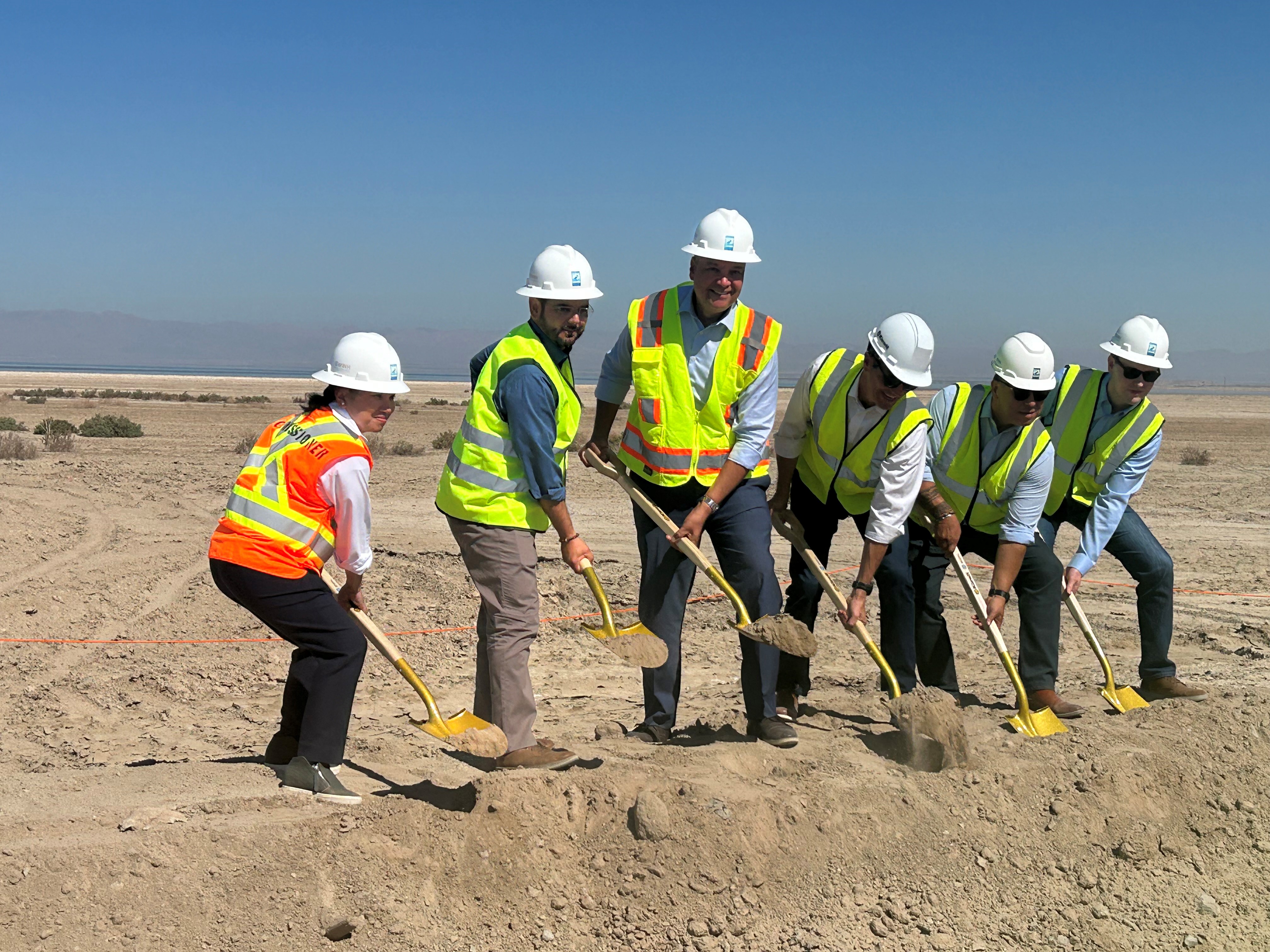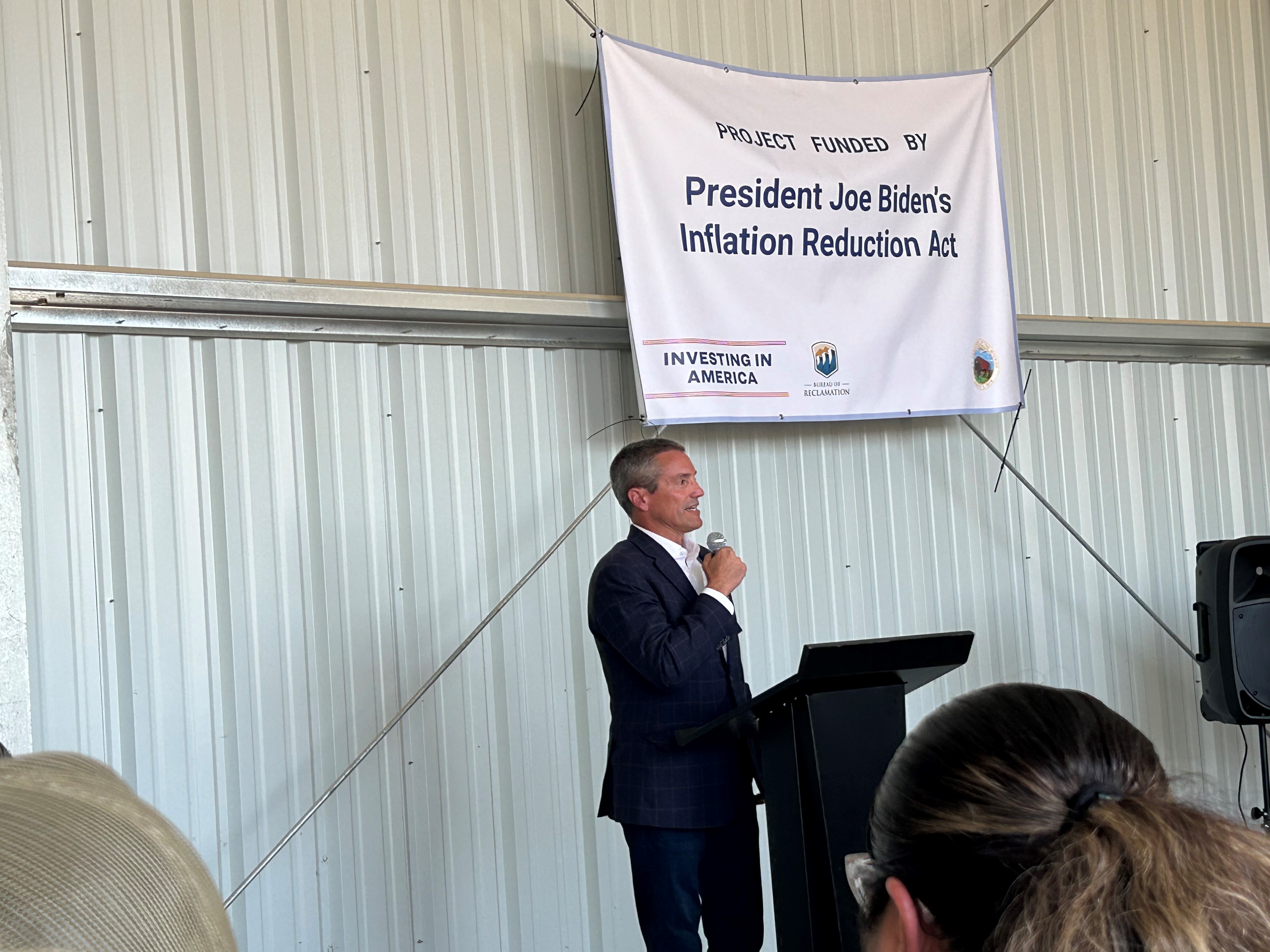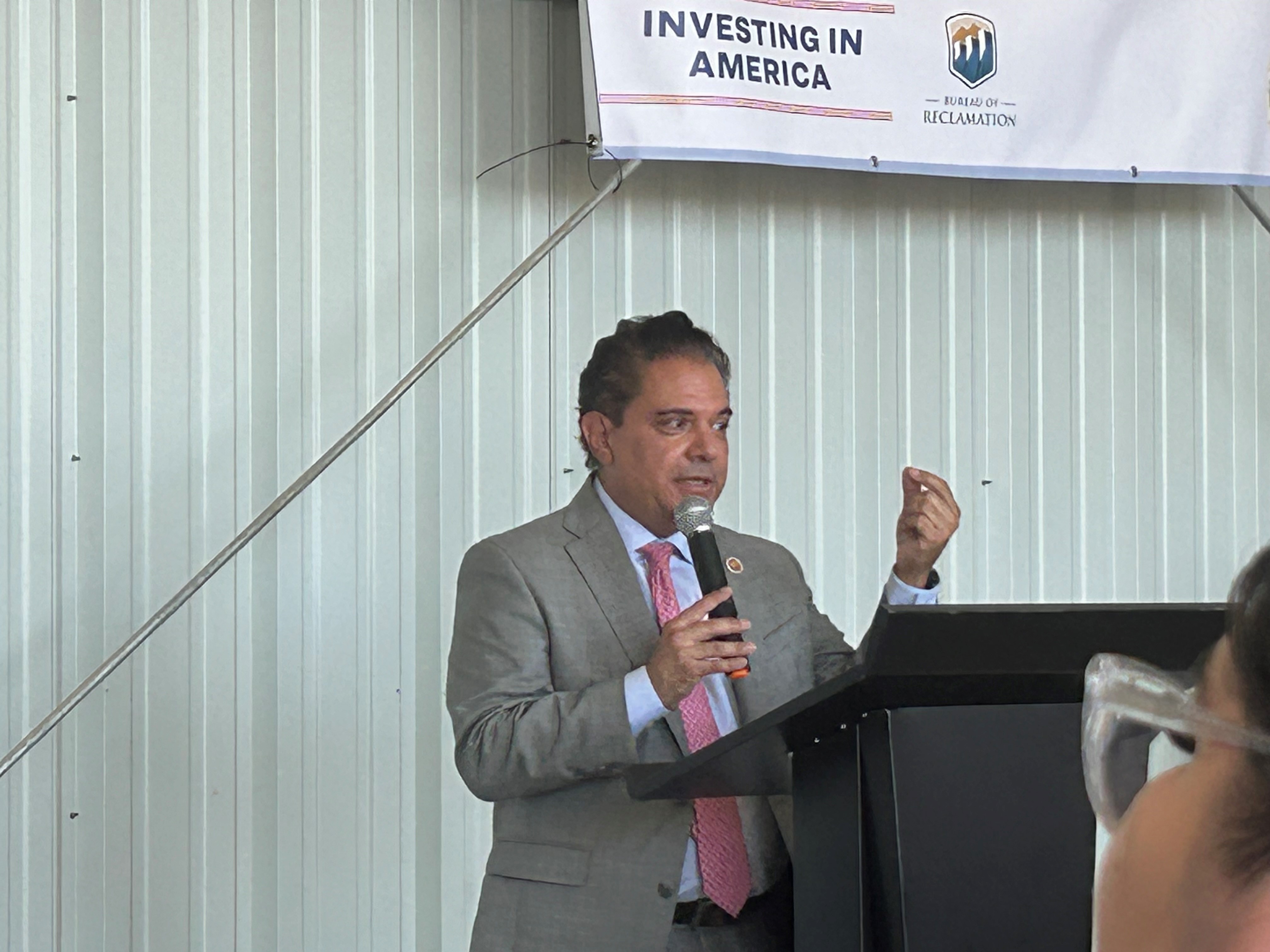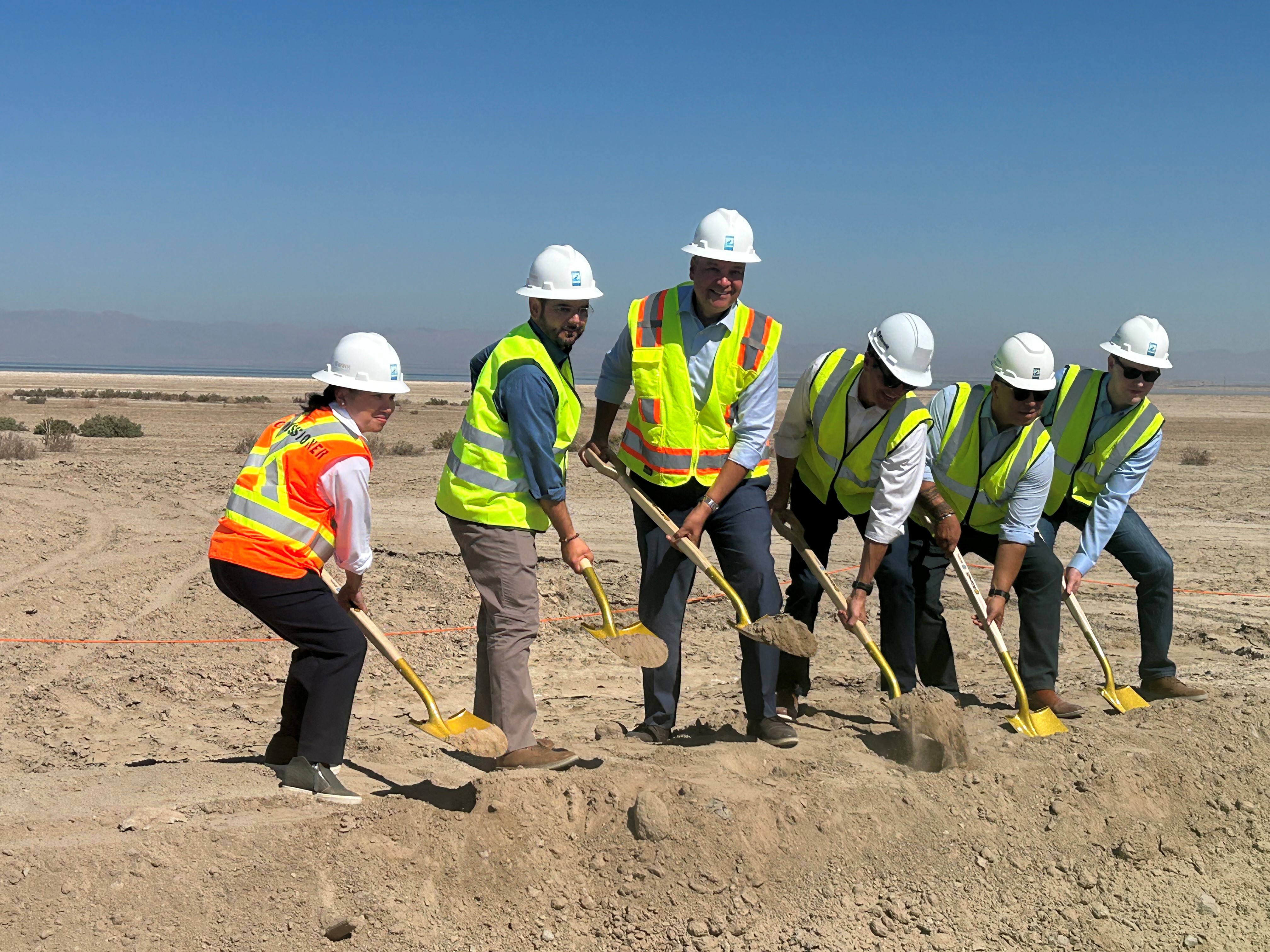
On a warm October mid-morning in the Imperial Valley, leaders from several Southern California water agencies, tribes, environmental organizations, and state and federal agencies, along with congressional and legislative representatives, gathered at the southeast corner of the Salton Sea. They were at the site of the state’s largest restoration project for a groundbreaking that will make the project even larger. The ceremony was a celebration of not just a critical expansion to a project with major ramifications for the sea’s future, but also of the collaboration between multiple stakeholders that is making the expansion possible. While concerns about the future of the Salton Sea are understandable, the message on that October morning was that there is a commitment to address the sea. Through a unified effort of local, regional, tribal, state and federal partners, project momentum at the sea will continue.

Specifically, the project in the spotlight is the state’s Species Conservation Habitat (SCH), a massive proof-of-concept project that, in its original design, would cover 4,000 acres of playa with a series of fishponds that would maintain fish habitat, a food source for migratory birds, and protect public health. The initial project was funded as part of the $500-plus million awarded by the state to date for the Salton Sea Management Program, the state’s phased approach to restoration. Work on the SCH’s initial 4,000 acres was completed at the end of 2023. However, the majority of the ponds were not inundated with water. That’s because of a memorandum of understanding (MOU) reached between the Imperial Irrigation District (IID), the Coachella Valley Water District (CVWD), the California Natural Resources Agency (CNRA) and the U.S. Bureau of Reclamation (Reclamation), under a plan to bolster the Colorado River through a conservation program. Under the program, IID agreed to conserve additional water for the river, and in return, Reclamation promised $250 million in federal Inflation Reduction Act (IRA) funding for the sea. That funding, the state determined, would support an expansion of the SCH with the goal of doubling the size of the project to 8,000 acres. As a result, the decision was made to delay filling the existing ponds so as not to impede the expansion project.
The MOU was signed in 2022, which led to the development of a system conservation implementation agreement (SCIA) between IID and Reclamation in 2023, in which IID agreed to conserve a little over 100,000 acre-feet (AF) that year. For that conservation, Reclamation would release $70 million of the IRA funding. In a separate agreement between IID, the San Diego County Water Authority (the Water Authority) and Metropolitan Water District of Southern California (MWD), the Water Authority agreed to provide 50,000 AF of its 2023 Quantification Settlement Agreement supplies to help IID achieve its conservation goals. It was that multi-agency partnership that ultimately made the conservation possible, freeing up the funds for the Salton Sea.

That initial outlay of IRA funding will cover a 750-acre SCH expansion. It was that specific project expansion that led officials to the Salton Sea for the groundbreaking event. Federal congressional leaders in attendance were Senator Alex Padilla and Congressman Raul Ruiz. On the state side, Senator Steve Padilla and Assemblyman Eduardo Garcia attended. Reclamation Commissioner Camille Touton and CNRA Secretary Wade Crowfoot were also in attendance. All voiced support for the restoration efforts at the sea, stating that the sea is a critical part of the Colorado River system and restoration is a must.
“This continues our commitment to the communities in the Imperial and Coachella valleys that when we do this, we do this together,” Commissioner Touton said during the event. She added, “Thank you to the Imperial Valley and Coachella Valley for standing with others to say we need to do this.”
Secretary Crowfoot said, “Today is about partnerships—longstanding partnerships.” He noted that over the past six years, the state of California has made progress at the sea, and he thanked, first, Gov. Jerry Brown, who in 2015, began the push for an expanded restoration effort at the Salton Sea. Crowfoot also thanked Gov. Gavin Newsom for continuing to prioritize the sea. Crowfoot further stated that the “missing piece” at the sea has been federal leadership, but now, under the Biden-Harris Administration, led by Commissioner Touton, that leadership has become a critical component of the restoration efforts.

Though not in attendance at the groundbreaking, Gov. Newsom released his own statement on the restoration project expansion. He stated in an Oct. 15 release, “California is making major strides on restoration efforts at the Salton Sea, and we’re expanding this critical work to create habitat on hundreds more acres and help improve air quality in neighboring communities. Our progress to date is a testament to the strong partnerships underpinning these efforts and I look forward to the work ahead to deliver on our ecological, health and economic goals for this important region.”
As work begins on the 750-acre expansion, the next phase of the project will also soon become a reality thanks to a new SCIA between IID and Reclamation for the years 2024 through 2026 that will free up the remainder of the $250 million. This will allow work to move forward on the full expansion to double the size of the SCH to 8,000 acres. That project and others led by the state and partnering agencies stand as an indication that through a unified effort, momentum toward restoration will continue to grow. Add to that a joint study of the U.S. Army Corp of Engineers and the Salton Sea Authority titled, the Imperial Streams and Salton Sea Ecosystem Restoration Feasibility Study, which could bring additional federal dollars to the sea for long-term restoration, and you have a positive path forward.
